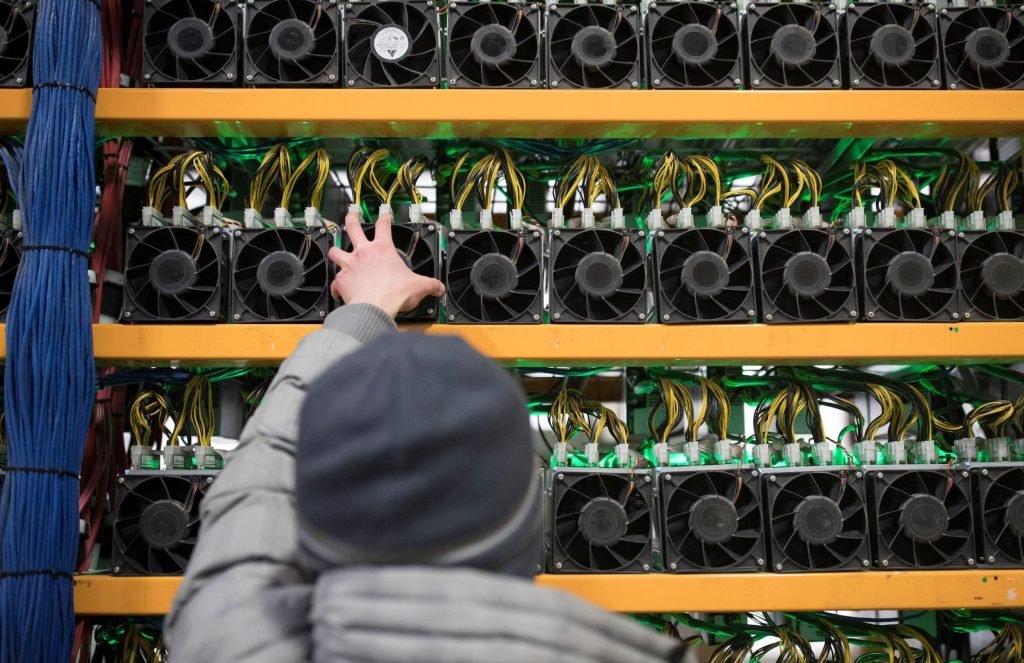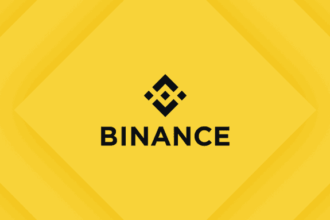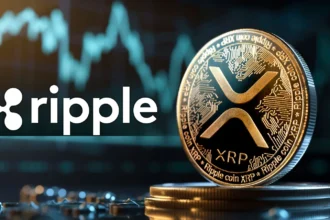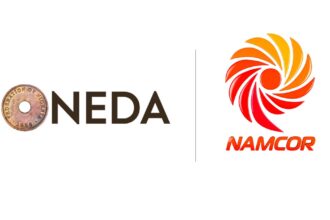For many decades since its launch, cryptocurrency has been a lucrative business for people worldwide to invest in. Although the prices are volatile, used in criminal activities, and risky to invest, cryptocurrency has soared over $732.84B in market value.
In this digital era of financial markets, one question continues to linger in the hearts of investors and enthusiasts; Is crypto still a profitable way to invest?
Traditionally, the term “investing in cryptocurrencies” has been depicted by simply buying the coins. Most investors store them hoping that in no distant time, the value of the coin will increase, while others become merchants of the coins. Aside from the purchase and sale of cryptocurrencies, there are many other ways for one to invest. This includes:
Mining / Cloud Mining
This is one of the most common ways to invest and earn with cryptocurrencies. It involves providing your computational power and electricity to the project’s algorithm. For cloud mining, you are renting out a company’s hardware for a fee and a fraction of the income. You need to select a blockchain network that runs a proof-of-work consensus mechanism. Then the project algorithm uses these computation resources to verify transactions and pack them into blocks. Once the process is complete, the miner gets a predetermined reward of the network’s native currency.

If a miner successfully adds a block to the blockchain, the reward is 6.25 (roughly $227,500). But the reward amount is halved every four years. This means by 2024, the rewards will approximately be 3.125 per block.
But if you do not have enough resources to mine a block yourself, you can join a mining pool. That would mean a shared profit, and with the volatile nature of cryptocurrencies, it’s hard to determine how much you’re working for.
One thing is certain though, success is not guaranteed, and careful consideration of various factors is necessary, like; the crypto prices, contract terms, mining difficulty, and most importantly electricity costs, and when I say power, I mean a lot.
Hardware and gear

The computing hardware required for mining is called ASICs (application-specific integrated circuits) and may cost roughly $10,000. As I said, it consumes a lot of electricity, which adds up to the cost of running a mining rig and limits the overall profits of miners.
NFTs: The Digital Renaissance

Non-Fungible Tokens (NFTs) took the art and entertainment worlds by storm, offering a never-imagined way to buy, sell, and own digital assets. From digital art to virtual real estate, NFTs have created a new paradigm for ownership and provenance. With some selling for over $200,000 and others selling for pennies on a dollar, there is no telling how lucrative it can get.
How do NFTs work?
Here is the thing, NFTs operate on a blockchain, a decentralized public ledger that documents transactions, commonly known for its role in facilitating cryptocurrencies. NFTs are typically held on the Ethereum blockchain, although we are beginning to see other blockchains support them.
These NFTs or unique tokens, originate from the digitization of various tangible and intangible items such as art, GIFs, videos, sports highlights, collectibles, virtual avatars, video game skins, designer sneakers, music, and even tweets. An interesting example is Twitter co-founder Jack Dorsey, who auctioned his first tweet as an NFT, for over $2.9 million.
In essence, NFTs function as digital counterparts to physical collector’s items. Instead of acquiring a tangible piece like rare artifacts, buyers receive a digital file. NFTs grant exclusive ownership rights, ensuring that only one owner possesses them at any given time.
Their distinctive data enables straightforward verification of ownership and seamless token transfers between holders. Creators or owners have the capability to embed specific information within NFTs. For example, artists can authenticate their artwork by incorporating their signature into the metadata of an NFT. This distinct feature adds a layer of authenticity and uniqueness to the digital assets represented by NFTs.
Staking

This is all about locking up crypto for a certain period. Let’s say you own a cryptocurrency that uses a proof-of-stake blockchain, you have the opportunity to engage in staking activities. This involves temporarily immobilizing your assets to actively contribute to the security and maintenance of the blockchain network.
As a reward for your commitment and participation in the validation process, you receive staking rewards in the form of the respective cryptocurrency which is a low-risk method of investing in cryptocurrency.
An alternative approach is to establish a cryptocurrency wallet that supports staking functionalities. For those who opt for wallet staking, the process involves allocating a portion of your portfolio for staking. Within this framework, users can choose from various staking pools to identify a suitable validator. These validators combine your tokens with those of other participants, thereby enhancing the likelihood of generating blocks and securing corresponding rewards. This approach facilitates a more active and rewarding engagement with the proof-of-stake blockchain network.
Running Lightning crypto nodes

Running a lightning node on the blockchain network is a potential means of generating income from cryptocurrency. Node operators earn fees for routing transactions through their nodes that occur on Bitcoin’s Lightning Network (LN); the L2 scaling solution offers faster and cheaper transactions through the network. Running Lightning Nodes requires proper hardware, software, a strong internet connection, and technical expertise, which is relatively expensive.
Running Master Nodes
This is similar to running Lightning Nodes. However, in this case, you can find a blockchain network such as DASH, which has a Master Node. It doesn’t earn transaction fees but receives large payouts for blockchain rewards. The number of individuals running a master node is significantly small due to scarcity. Therefore, you are likely to earn a lot if you get the opportunity to run a master node.
Yield Farming
This is the act of depositing coins into yield-generating pools on the DeFi platforms. Yield farming demands more attention than most cryptocurrency investment methods because the process varies across different protocols within the decentralized finance (DeFi) space.
Typically, it involves liquidity providers, commonly referred to as yield farmers, depositing tokens into a DeFi application and, in return, earning rewards distributed in the protocol’s native token. These rewards are often quantified as Annual Percentage Yield (APY), and the tokens are secured within a smart contract. The smart contract automatically dispenses tokens to users as they meet specific predefined conditions.
General procedure for engaging in yield farming:
- Select a Yield Farming Protocol: Begin by choosing a yield farming protocol. In this case, we’ll use an automated market maker (AMM) like PancakeSwap.
- Access Liquidity Section: On the decentralized trading platform, navigate to the ‘Liquidity’ section, specifically designed for liquidity providers.
- Choose Assets for Deposit: Pick the assets you intend to deposit into a liquidity pool. For instance, you might decide to deposit BNB and CAKE into the BNB/CAKE pool.
- Deposit Assets: Deposit the selected assets into the trading pool, and in return, receive a Liquidity Provider (LP) token.
- Navigate to Farms: Utilize the obtained LP token to access the ‘Farms’ section.
- Deposit LP Token: Deposit the LP token into the BNB/CAKE yield farm to start earning yield farming rewards. These rewards come in addition to transaction fees received as your portion of the liquidity pool.
Just so you know, several DeFi protocols reward yield farmers with governance tokens. These tokens not only grant voting rights for decisions concerning the platform but can also be traded on various exchanges.
In essence, the yield farming process involves strategic steps within a chosen protocol, promoting liquidity provision and incentivizing active participation through the distribution of rewards, including governance tokens with additional utility within the ecosystem.
What Now?
As we ponder whether crypto is still profitable to invest in, the key lies in carefully evaluating risk and reward. Market volatility, regulatory uncertainties, and technological advancements all play a role in shaping the future of digital assets. For some, the idea of making it big is irresistible, while others approach it with caution, emphasizing the need for a diversified investment strategy.
Cryptocurrency will continue to evolve which will still have its ups and downs. Whether you’re an experienced crypto enthusiast or a curious novice, the question of whether crypto is still profitable to invest in will keep inviting a complex and interesting exploration of the ever-changing dynamics of this digital frontier. But one thing is certain – the cryptocurrencies is far from over.














